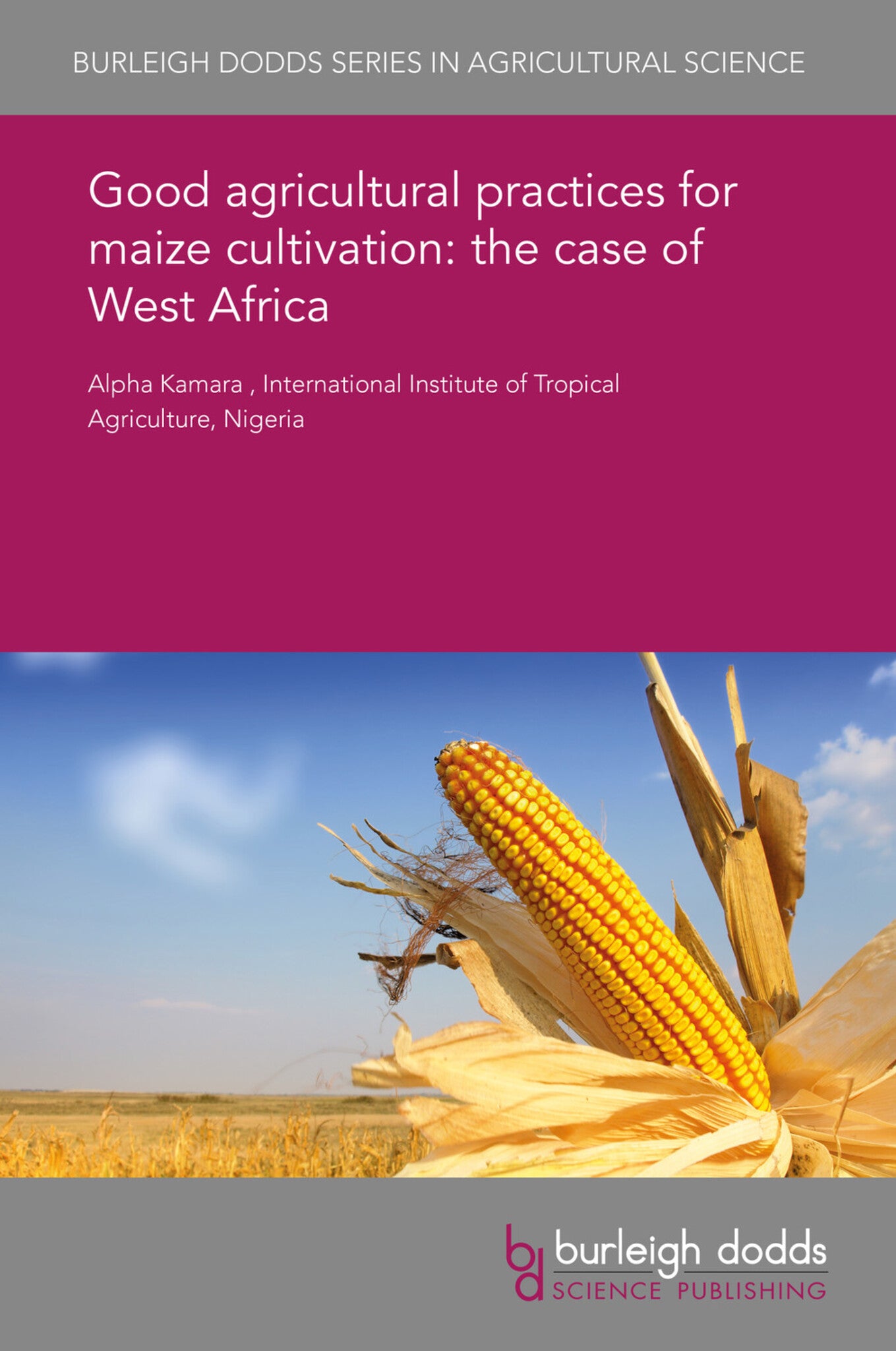We're sorry. An error has occurred
Please cancel or retry.
Good agricultural practices for maize cultivation: the case of West Africa
Regular price
£25.00
Sale price
£25.00
Regular price
£25.00
Unit price
/
per
Sale
Sold out
Re-stocking soon
Maize is the most important staple food crop for over 300 million people in sub-Saharan Africa but poor management practices and problems related to climate and soil quality mean that yields regula...
Read More

Some error occured while loading the Quick View. Please close the Quick View and try reloading the page.
Couldn't load pickup availability
- Format:
-
27 July 2017

Maize is the most important staple food crop for over 300 million people in sub-Saharan Africa but poor management practices and problems related to climate and soil quality mean that yields regularly fall below what is needed to feed the population. This chapter describes the effect of poor soil fertility, drought and weeds (especially Striga hermonthica) on maize yields. It then puts forward evidence-based strategies for mitigating these constraints, including nutrient management through the use of fertilizers on maize yields and approaches to weed management such as genetic engineering of tolerant and resistant maize varieties. Finally, the chapter examines ways of dealing with the challenge of drought, including improved irrigation and genetic engineering of drought-resistant maize varieties.

Price: £25.00
Publisher: Burleigh Dodds Science Publishing
Imprint: Burleigh Dodds Science Publishing
Series: Burleigh Dodds Series in Agricultural Science
Publication Date:
27 July 2017
ISBN: 9781838791193
Format: eBook
BISACs:
TECHNOLOGY & ENGINEERING / Agriculture / Sustainable Agriculture, Agronomy and crop production, TECHNOLOGY & ENGINEERING / Agriculture / Agronomy / Crop Science, Sustainable agriculture

1 Introduction 2 Poor soil fertility and effects of drought on maize in West Africa 3 Weed competition with maize 4 Maize nutrient management 5 Weed management for maize cultivation 6 Management of soil moisture stress in maize 7 Future trends and conclusion 8 Where to look for further information 9 References



